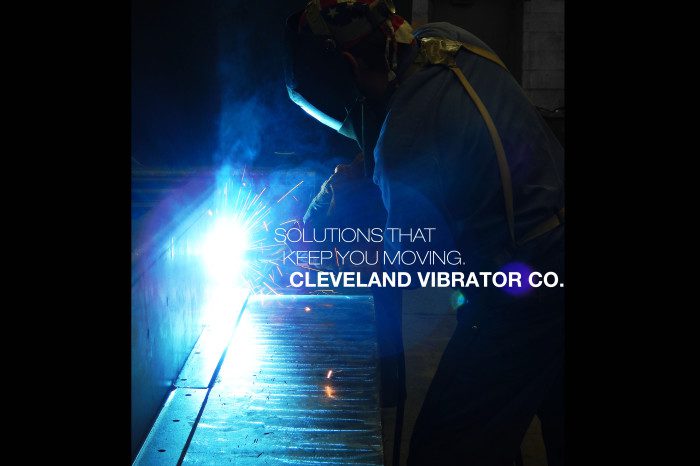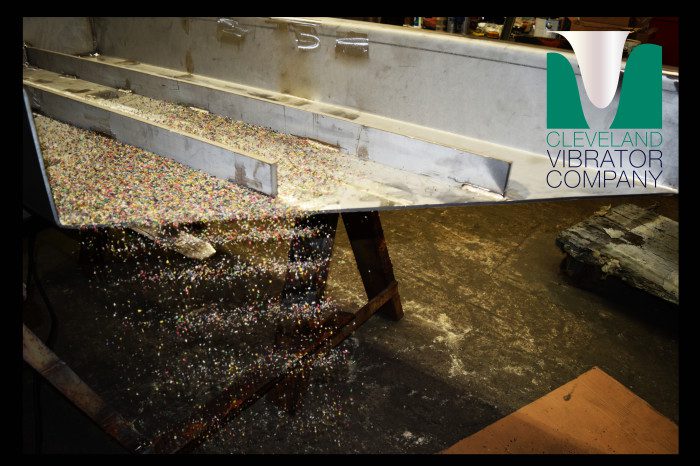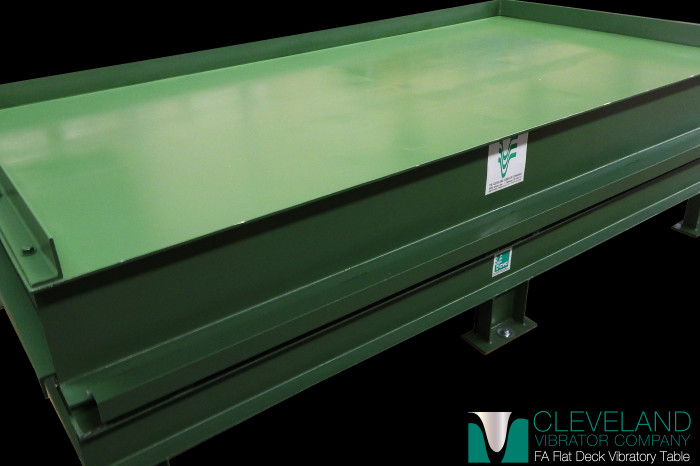Manufacturing Solutions, From Start to Finish.
By CVC Team
Cleveland Vibrator recently added a new employee in the Fabricated Equipment area of the company. At the end of 2015 our CEO declared that 2016 would be a “year of investment” here in terms of both people and equipment. It’s exciting to see this sort of thing happening, good people coming on board as well as some new CNC equipment on the immediate horizon. It all makes Cleveland Vibrator a better company. While getting to know a bit about our new guy in the Fab area, we talked some about his work experience and the opportunity at Cleveland Vibrator. One of the things he already likes about the position is that he gets to see a piece of equipment completely manufactured, start to finish. I told him that’s one of the things that I’ve always enjoyed about my job, getting to be involved with the complete process often starting with the solution concept generation phase to final testing of that solution prior to it shipping out to the customer.
I think most engineers are problem solvers and that’s one of the aspects of this profession that they find interesting and rewarding. That’s certainly the case for me. I’ve always found the diversity of Cleveland Vibrator’s customers and their problems very interesting. Plus, I feel that we have a very “intimate” manufacturing process, it’s all here in one location. Whether it’s the manufacture of a pneumatic piston vibrator, as an example the 1300 VMSAC, air cushion vibrator piston vibrator or a large vibratory feeder Read More…
Share this blog post:






